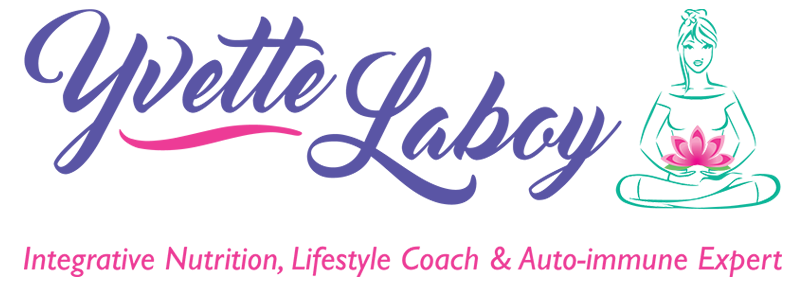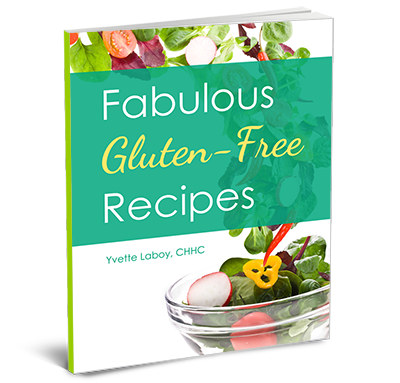One of the best ways to make healthier choices is to know what ingredients are inside the food you buy. How many times have you walked down the packaged food aisle and find yourself making a decision based on what’s on front of the package as opposed to what the label says? Most packaging contains misleading information on the front. Understanding how to read the labels of your foods and knowing what the ingredients are is a good way to buy better quality food and not get fooled by sneaky marketing.
If you don’t know what to look for don’t fret, I’ve created a list of what to look out for when reading labels to help you become a genius at label reading.
- Don’t eat anything with more than five ingredients. Five or less ingredients mean they are minimally processed, more than five means they are highly processed.
- MSG: Monosodium Glutamate is a salty flavor that food companies and some restaurants add to food to enhance the flavor. Some people may experience reactions such as headache, flushing, sweating, fluttering heartbeat, and shortness of breath due to MSG symptom complex. MSG creates that “you just can’t eat just one” type of feeling.
- Don‘t eat anything you can’t pronounce.
- Ose: Avoid foods ending in ose: Foods ending in ose is sugar. Some of names you may come across are sucrose, dextrose, fructose or HFCS (which means high fructose corn syrup), saccharose, Xylose and maltose are the more popular you’ll find on food labels. Remember, four grams of sugar is equal to one teaspoon of sugar.
- Ingredients are listed in order of quantity, with the largest quantity of ingredients listed first. That means the first two or three ingredients are the majority of what the food contains. The last few ingredients make up very little of the product.
- Avoid trans-fats and partially hydrogenated oils: Partially hydrogenated oils are the primary source of trans fats, which have been shown to be even more harmful to arteries than saturated fat. Foods can be called “trans-fat free” even if they contain up to half a gram of trans fats per serving. Be in the know, if a food contains partially hydrogenated oils, it contains trans fats.
- Artificial Sweeteners: Avoid artificial sweeteners such as sucralose, saccharin, aspartame, and acesulfame. These can actually increase your craving for sweets, are loaded with chemicals, and are often the source of bloating, diarrhea, headaches and other symptoms.
- Sodium Nitrite: These are used as a preservative in meats; some research indicates that sodium nitrate may cause Cancer risk.
- Artificial food colorings such as Yellow 5, Yellow 6, Red 40, Red 3, Blue 1, Blue 2, Green 3, and Orange B. These are found in cereals, candy, soda, snack food. They have been banned in Europe but still used in the US.
- “Whole”: A lot of times you will see the word “Whole” grains on cereals, crackers or bread. Be mindful that whole-grain foods should deliver at least 3 grams of fiber per serving. Always check the fiber content on the nutrition facts panel.
In order to know what you are truly buying, you need to have a better understanding of the information you are reading on the label so you can properly interpret the ingredients and nutrition information of the food you are buying. Having this knowledge will help you make healthier choices and maintain a healthy lifestyle.

 Get the FREE guide just by entering your name and email.
Get the FREE guide just by entering your name and email.